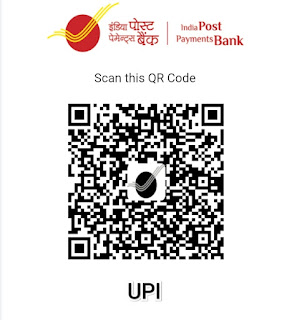Dive into the world of HTML injection attacks and learn how they exploit vulnerabilities in web applications. Discover the inner workings of these attacks and gain valuable insights into preventive measures to secure your web applications from potential breaches.
Introduction:
HTML injection attacks pose a significant threat to the security of web applications. Attackers exploit vulnerabilities in input fields or insecure HTML tags to inject malicious scripts or content into web pages. These attacks can lead to unauthorized access, data theft, and compromise the integrity of user interactions. In this blog post, we will explore how HTML injection attacks work and provide actionable prevention techniques to safeguard your web applications.
1. Understanding HTML Injection Attacks:
HTML injection attacks occur when an attacker injects untrusted HTML code into a web page, altering its content or behavior. This can be achieved by exploiting input fields such as contact forms, search boxes, or comment sections. The injected code is then executed by the victim's browser, allowing the attacker to perform malicious actions. Common forms of HTML injection attacks include:
- Stored HTML Injection:
Malicious code is permanently stored on the targeted server and displayed to users who access the affected page.
- Reflected HTML Injection:
Malicious code is embedded in URLs or form submissions and reflected back to the user in error messages or search results.
- DOM-based HTML Injection:
Malicious code manipulates the Document Object Model (DOM) of a web page to alter its content or behavior dynamically.
2. Preventing HTML Injection Attacks:
To protect your web applications from HTML injection attacks, consider implementing the following preventive measures:
- Input Validation and Sanitization:
Validate and sanitize all user inputs on the server-side to ensure they meet the expected format and do not contain malicious code. Use proper input validation techniques and apply strict output encoding to mitigate the risk of HTML injection.
- Parameterized Queries:
Use parameterized queries or prepared statements when interacting with databases to prevent SQL injection attacks, which can be used in conjunction with HTML injection attacks.
- Content Security Policy (CSP):
Implement a Content Security Policy that specifies the allowed sources of content, such as scripts, stylesheets, and images. This helps mitigate the impact of injected malicious code by restricting the execution of unauthorized scripts.
- Use Strict Mode and Valid Doctype:
Always include a valid doctype declaration and use strict mode in your HTML documents. This ensures proper rendering and parsing of HTML code, minimizing the chances of successful HTML injection.
- Regular Security Audits:
Perform regular security audits and penetration testing on your web applications to identify and address any potential vulnerabilities, including HTML injection risks.
Let's Try It!
<!DOCTYPE html><html><body><h2>Contact Form</h2><form action="process.php" method="POST"><label for="name">Name:</label><br><input type="text" id="name" name="name"><br><br><label for="message">Message:</label><br><textarea id="message" name="message"></textarea><br><br><input type="submit" value="Submit"></form></body></html>
<script>alert('You have been hacked!');</script>
Conclusion:
HTML injection attacks can have severe consequences, compromising the security and integrity of web applications. By understanding how these attacks work and implementing effective preventive measures, you can significantly reduce the risk of HTML injection vulnerabilities. Through proper input validation, parameterized queries, content security policies, and regular security audits, you can fortify your web applications against HTML injection attacks, ensuring a safer user experience and protecting sensitive data.
By shedding light on the inner workings of HTML injection attacks and providing actionable prevention techniques, this blog post aimed to empower developers and security professionals to defend against this common web application vulnerability. Taking proactive steps to mitigate HTML injection risks is crucial in maintaining the trust of your users and safeguarding your digital assets.
Support our ad-free platform providing free coding and cybersecurity courses. Help us cover expenses and continue delivering quality content. Donate to fuel our mission. Thank you!
Buy Me a Chai ! ☕
If you're Not Indian 🥺 Please Send Me a Thanks or Amazon Gift Card to the E-mail
websitehaneen@gmail.com




Thanks For the post , Very informative 💞 , Rs :50 /- Donated to you 🤝
ReplyDeleteThanks 👍 🥰
Delete